Effective Reply to Complaint Letter Template
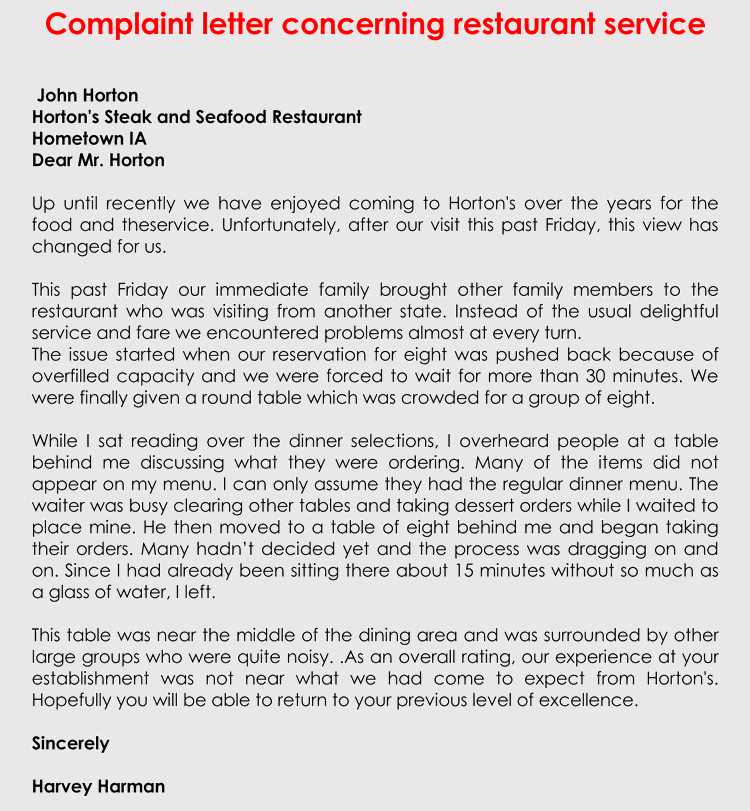
When interacting with clients, it’s crucial to address concerns in a thoughtful and professional manner. An effective response not only shows attentiveness but also fosters trust and encourages continued business relationships.
Providing a clear and respectful reply is essential for maintaining a positive reputation. A well-crafted message can turn a potentially negative situation into an opportunity for improvement and strengthen the bond with your audience.
Understanding the key components of a constructive response helps in delivering clear, concise, and respectful communication. With the right approach, your response can make a lasting impression and resolve issues effectively.
Understanding the Importance of Response Letters
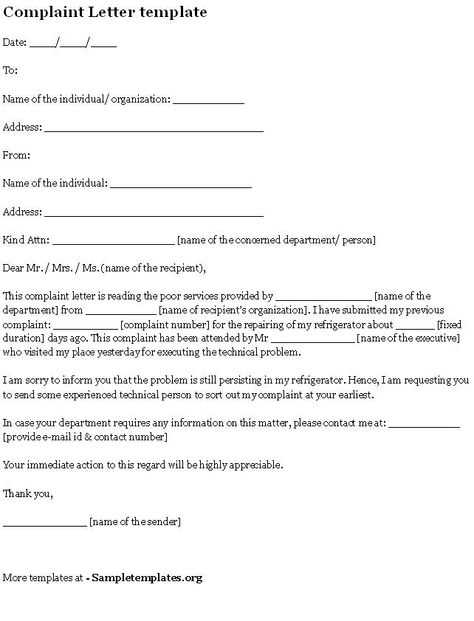
Addressing customer concerns promptly and professionally plays a vital role in maintaining positive relationships. Effective communication ensures that the recipient feels heard and respected, which is essential for brand credibility and customer retention.
Building Trust and Confidence
When a customer reaches out with an issue, a timely and well-constructed response demonstrates that their opinions are valued. This helps build trust, as it shows that your business takes feedback seriously and is committed to resolving any challenges.
Enhancing Customer Satisfaction
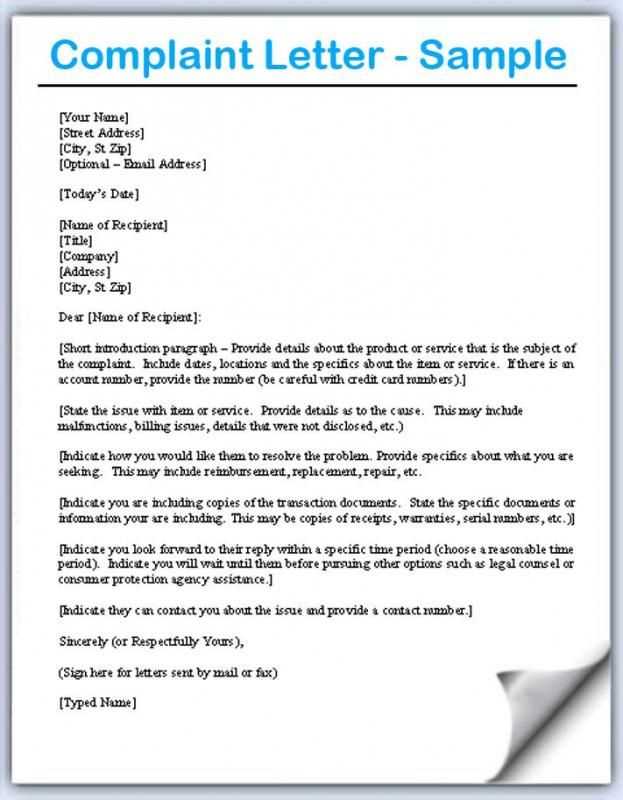
By addressing the matter clearly and empathetically, businesses can turn a potentially negative experience into a positive one. Ensuring that the customer feels satisfied with the resolution strengthens loyalty and can even result in favorable word-of-mouth recommendations.
How to Structure a Professional Reply
Crafting a thoughtful response involves careful consideration of the message’s tone, clarity, and overall structure. A well-structured communication ensures that the recipient fully understands the situation while maintaining a respectful and positive interaction.
Key Components of a Clear Message
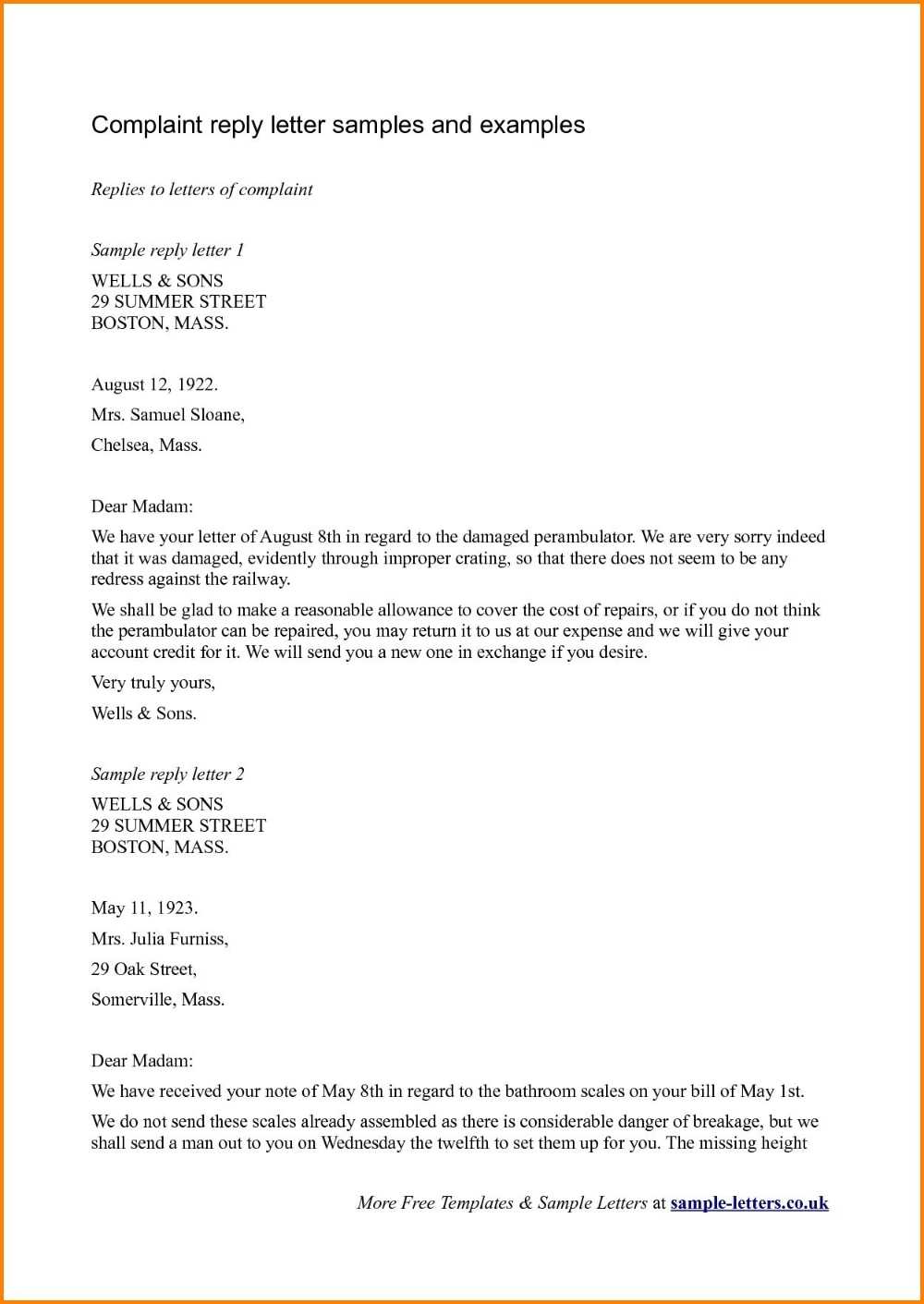
When drafting a professional response, it’s important to include the following elements:
- Acknowledgment of the issue: Show that you recognize the concern raised by the recipient.
- Apology or empathy: Offer an apology or express understanding, where necessary, to convey sincerity.
- Proposed solution: Present a clear and actionable resolution to the problem.
- Contact information: Provide a way for the recipient to follow up or reach out with further questions.
Maintaining a Positive Tone
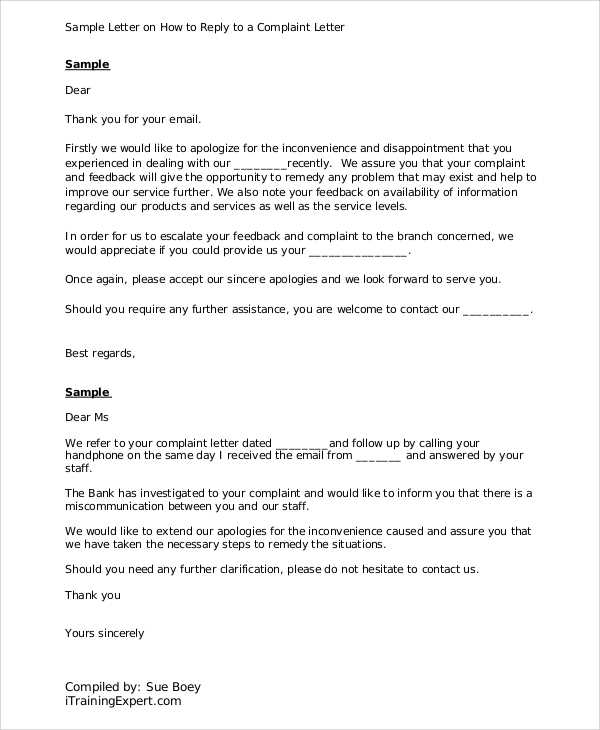
To ensure the message is well-received, it’s crucial to maintain a tone that is both polite and professional. This helps in managing any negative feelings and encourages a cooperative atmosphere. A few helpful tips include:
- Keep the language neutral and courteous.
- Avoid assigning blame or using negative language.
- Show appreciation for the recipient’s patience and understanding.
Key Elements to Include in a Response
When addressing a concern, it’s essential to ensure that the message is comprehensive, clear, and solution-oriented. Including the right elements in your communication makes it more effective and helps foster a positive outcome.
First, you should always acknowledge the issue or situation that has been raised. This shows that you are aware of the problem and are taking it seriously. Empathy plays a key role here, as it demonstrates that you understand the impact the situation has had on the recipient.
Next, offer a clear and actionable solution. This is crucial in resolving the matter and ensuring the recipient knows what steps will be taken. Providing relevant details about how the issue will be handled also helps to build trust and shows professionalism.
Finally, make sure to include an invitation for further communication. This reassures the recipient that they can reach out if they need additional clarification or have any other concerns. Ensuring open lines of communication is important for maintaining a good relationship moving forward.
Tone and Language in Complaint Responses
Choosing the right tone and language when addressing concerns is crucial for ensuring that the communication is both effective and respectful. The way you express your message can greatly influence how it is received and can impact the outcome of the interaction.
Striking the Right Balance
A response should maintain a balance between being professional and empathetic. While it’s important to be formal and clear, using a warm, understanding tone can help de-escalate potential tensions and make the recipient feel valued.
Using Clear and Neutral Language
It’s vital to use language that is straightforward, neutral, and non-confrontational. Avoiding jargon or overly complex phrases ensures that the message is easily understood. Additionally, keeping the language positive and constructive promotes a sense of cooperation and resolution.
Tips for Addressing Customer Concerns
Handling customer issues requires a thoughtful approach that ensures their concerns are taken seriously and resolved efficiently. By following a few key strategies, you can address their needs while maintaining a positive relationship.
| Tip | Description |
|---|---|
| Listen Carefully | Ensure you fully understand the concern before responding. Active listening demonstrates respect and helps avoid misunderstandings. |
| Respond Promptly | Timely communication is important for customer satisfaction. A quick response shows that you value the customer’s time. |
| Maintain a Positive Attitude | Keep the tone polite and constructive, focusing on finding a solution rather than assigning blame. |
| Offer Solutions | Provide clear and actionable resolutions, ensuring the customer knows what steps will be taken to resolve their issue. |
| Follow Up | Once the issue is resolved, check back with the customer to ensure satisfaction and reinforce your commitment to their experience. |
Common Mistakes to Avoid in Responses
When addressing concerns, certain missteps can undermine the effectiveness of the communication and negatively impact customer satisfaction. Being mindful of these common mistakes ensures that the message remains professional and constructive.
Failure to Acknowledge the Issue
Ignoring or downplaying the problem can make the recipient feel unheard and unimportant. It’s essential to explicitly recognize their concern to demonstrate that you are engaged and willing to resolve the matter.
Using Defensive or Negative Language
- Being defensive: Deflecting blame or becoming argumentative can escalate tensions and damage the relationship.
- Using negative phrasing: Words that sound dismissive or confrontational can make the recipient feel that their concern isn’t being taken seriously.
- Overcomplicating the message: Using overly technical or complex language can confuse the recipient and delay resolution.
Being aware of these common mistakes allows you to craft more effective and respectful responses that improve communication and enhance customer relationships.